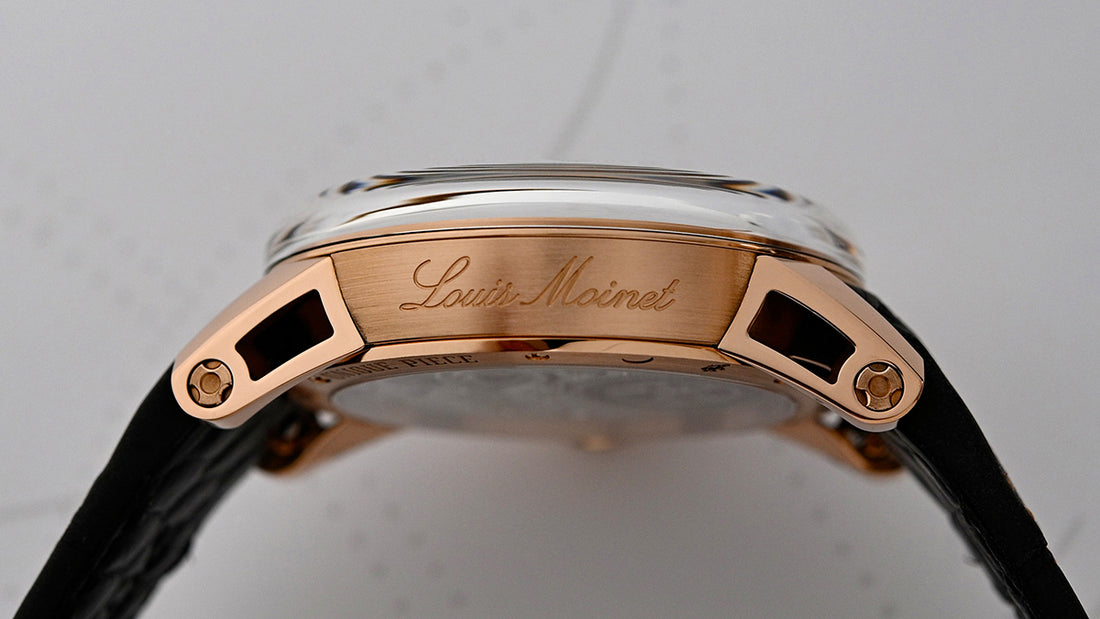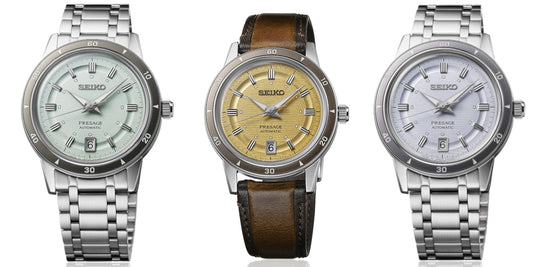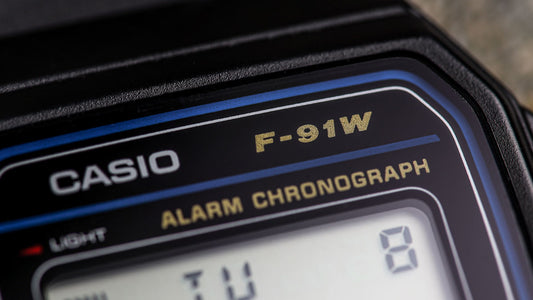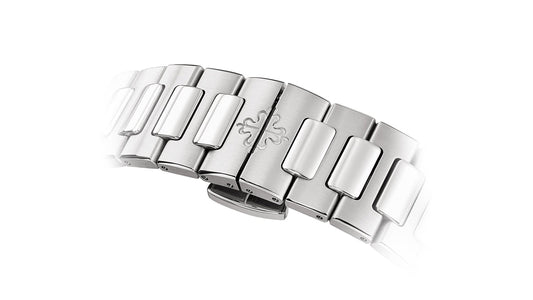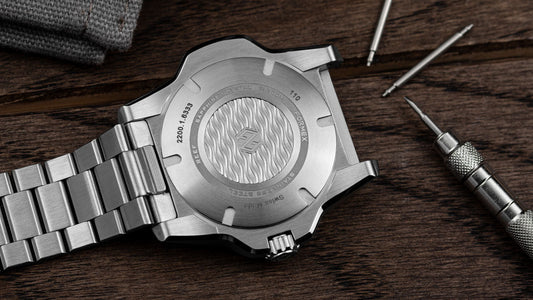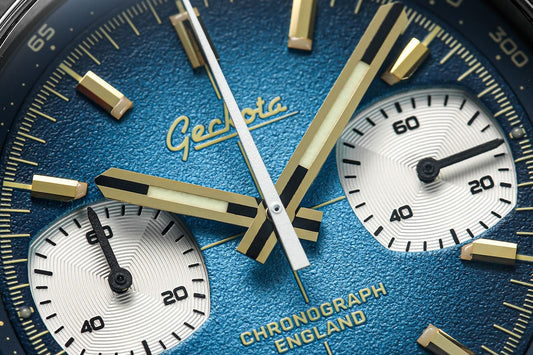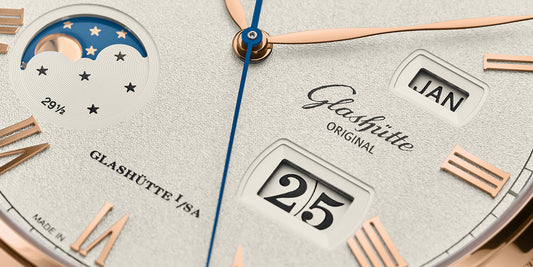Louis Moinet has never been scared to go beyond the borders of traditional watchmaking. Their Space Revolution and Super Moon watches are prime examples of that. For their latest release, they’re taking their love of meteorite dials even further, breaking a Guiness World Record for “the most meteorite inserts in a watch” with the Louis Moinet Cosmopolis.
 Louis Moinet Cosmopolis - Credit Louis Moinet
Louis Moinet Cosmopolis - Credit Louis Moinet
The World-Record Breaker Louis Moinet
For almost two centuries, the title of the world’s first chronograph went to Nicolas Rieussec, a watchmaker who created an “inking chronograph” for Louis XVIII in 1821 for timing horse races. That was until 2012, when at a Christies watch auction, another chronograph came to light, one that was created six years before Nicolas Rieussec’s. This device was created by none other than Louis Moinet.
 Louis Moinet Cosmopolis - Credit Louis Moinet
Louis Moinet Cosmopolis - Credit Louis Moinet
So with the world’s first chronograph already under their belt, it seems almost second nature to Louis Moinet to continue aiming for Guinness World Records. In 2020, they were awarded their second, the “world’s first high-frequency stop watch” and now here we are again, detailing a watch with the most meteorite inserts.
The Louis Moinet Cosmopolis is an extension of the Swiss watchmaker’s previous meteorite-adorned models and Jean Marie Shaller’s own obsession with collecting then. For the first time though, these cosmic rocks are placed twelve times over on a watch dial with different meteorites at almost every hourly position, at the centre and behind the tourbillon complication.
 Louis Moinet Cosmopolis - Credit Louis Moinet
Louis Moinet Cosmopolis - Credit Louis Moinet
The Louis Moinet Cosmopolis Watch
The dial of the Louis Moinet Cosmopolis watch is the stage for a celestial theatre, placing twelve fragments of meteorite at the centre. The space rocks have been sourced all over the world, from Mexico to the Sahara Desert, arriving from Mars to the Moon. In the centre, the rarest stone of all is placed, a lunar meteorite, found near Dhofar, Oman. This large circle merges together with the tourbillon complication at 6 o’clock, backed by its own slice of black chondrite. This rock is the result of a gigantic impact in space between two asteroids.
 Louis Moinet Cosmopolis - Credit Louis Moinet
Louis Moinet Cosmopolis - Credit Louis Moinet
The other ten fragments are placed inside their own golden frame around the circumference of the dark grey brushed dial. The dial has its own rose gold border which pairs with matching gold openwork hands with luminescent tips. It’s clear to see Louis Moinet didn’t want anything obstructing the view of the meteorites here, as the pronounced domed sapphire crystal with anti-reflective treatment and thin bezel ensures complete visibility.
In a nod to lack of gravity, the Louis Moinet utilises a slightly off-centred flying tourbillon at 6 o’clock. The complication is powered by the manual-winding calibre LM135 movement which has a “volte-face” system. This uses two barrels, one placed upside down over the other allowing for an impressive power reserve of 96 hours. The movement is visible from the Louis Moinet Cosmopolis’ case back where the base plate has Côtes de Genève striping.
 Louis Moinet Cosmopolis - Credit Louis Moinet
Louis Moinet Cosmopolis - Credit Louis Moinet
For the case and strap, the Louis Moinet Cosmopolis watch keeps things classic. The 40.7mm wide case is polished and satin-brushed, engineered from 18ct rose gold. It has a 30 metre water resistant rating and sapphire crystal glass for both the front and back. It completes its look with a matte black alligator leather strap and an 18ct rose gold pin buckle.
Technical Specifications:
- Brand: Louis Moinet
- Model: Cosmopolis
- Price: TBC
- Material: 18ct rose gold
- Movement: Calibre LM135 manual winding
- Complications: Hours, minutes, flying tourbillon
- Dial: Dark grey with twelve meteorite inserts
- Size: 40.7mm diameter
